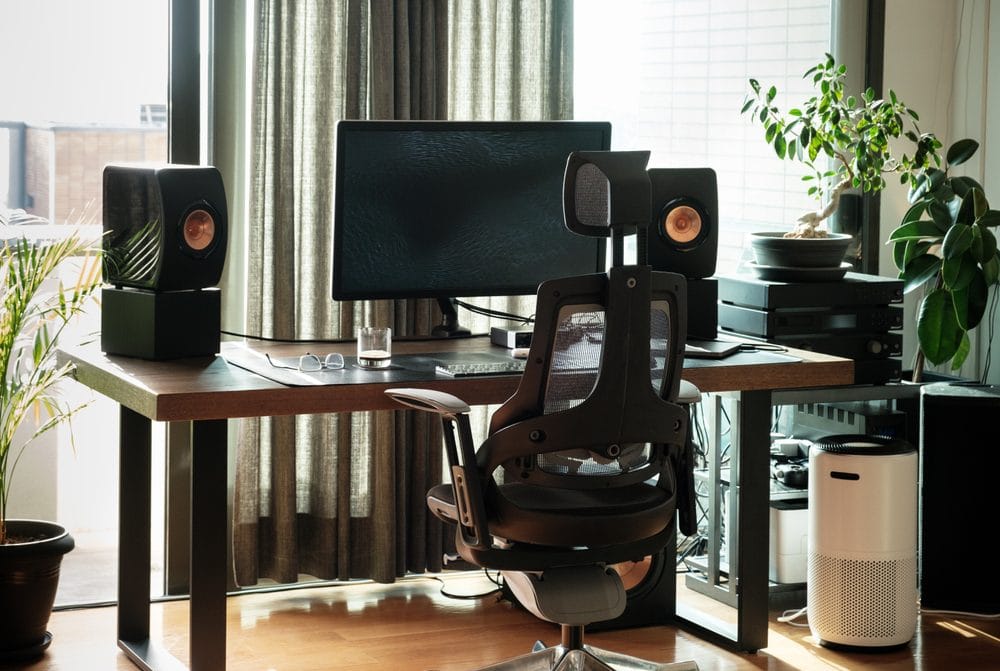
Computers have become an integral part of our daily lives, but they’re not immune to issues. From software glitches to hardware malfunctions, encountering computer problems is almost inevitable. Here are the top five common computer issues and some tips on how to fix them.
- Slow Performance: One of the most frustrating issues computer users face is sluggish performance. This can be caused by various factors such as too many background processes, insufficient RAM, or a fragmented hard drive. To fix this, start by closing unnecessary programs and running a disk cleanup to remove temporary files. Consider upgrading your RAM or switching to a solid-state drive (SSD) for faster performance.
- Virus and Malware Infections: Viruses and malware can wreak havoc on your computer, causing it to slow down, crash, or even steal your personal information. To prevent infections, make sure you have reliable antivirus software installed and regularly update it. Perform full system scans periodically and avoid clicking on suspicious links or downloading files from unknown sources. If your computer is already infected, run a malware removal tool to clean up the system.
- Hardware Failures: Hardware components like hard drives, power supplies, and RAM can fail over time, leading to various issues such as boot failures or data loss. If you suspect a hardware problem, first check the connections to ensure everything is properly seated. If the issue persists, consider seeking professional help to diagnose and replace the faulty hardware.
- Blue Screen of Death (BSOD): The infamous Blue Screen of Death is a common sight for Windows users, indicating a critical system error that requires immediate attention. BSOD can be caused by hardware failures, driver issues, or corrupted system files. When encountering a BSOD, note down the error message and try restarting your computer. If the problem persists, boot into safe mode and troubleshoot the issue using advanced recovery options or seek assistance from a computer repair specialist.
- Software Compatibility Problems: Installing incompatible software or drivers can lead to compatibility issues, resulting in crashes or errors. Always check system requirements before installing new software or drivers and ensure they are compatible with your operating system version. If you encounter compatibility problems, try updating the software or rolling back to a previous version.
By being aware of these common computer issues and knowing how to troubleshoot them, you can keep your computer running smoothly and minimize downtime. However, if you’re unsure or unable to resolve the problem on your own, don’t hesitate to seek help from professionals like Computer Repair Edmonton to ensure your computer gets the care it needs.
